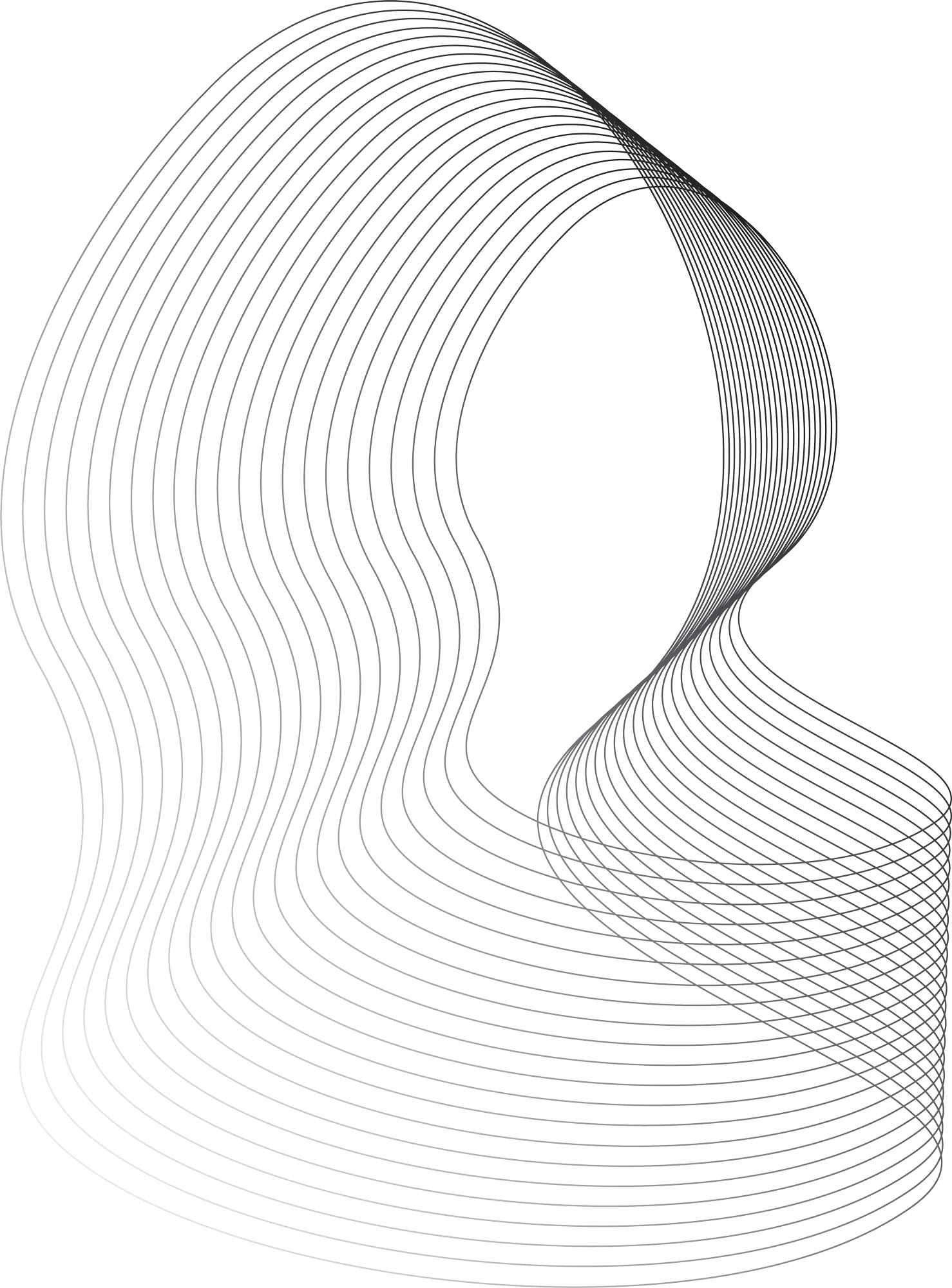Mastering Donor Segmentation: How to Personalize Your Fundraising
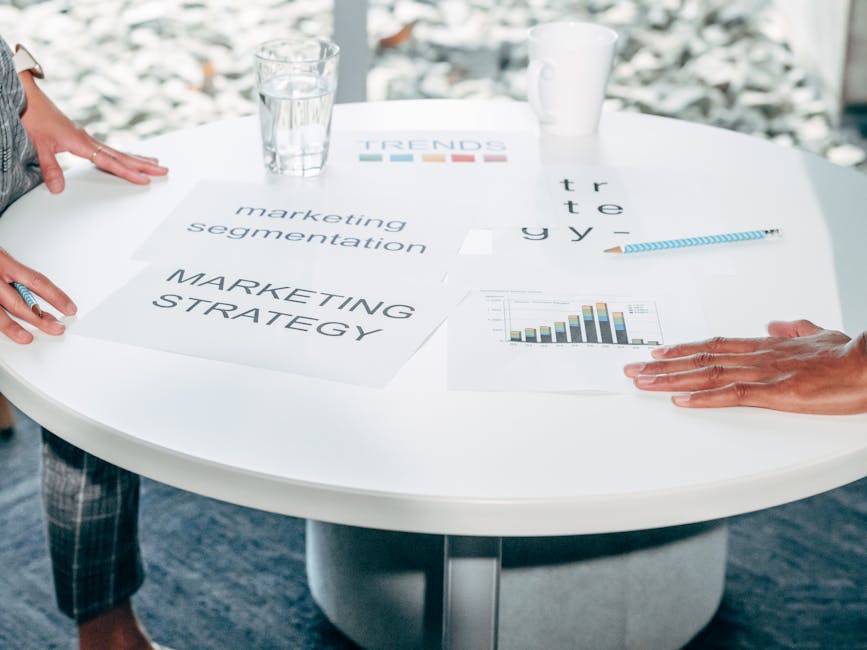
Why One-Size-Fits-All Fundraising Fails
Donor segmentation strategies are the practice of dividing your supporter base into distinct groups based on shared characteristics to deliver personalized communications that drive higher engagement and retention. Here are the essential donor segmentation strategies every nonprofit should implement:
Core Donor Segments:
- First-Time Donors - New supporters needing welcome sequences and second-gift cultivation
- Recurring Donors - Monthly givers requiring stewardship and upgrade opportunities
- Major Donors - High-value supporters needing personal attention and exclusive updates
- Lapsed Donors - Past supporters (LYBUNT/SYBUNT) requiring re-engagement campaigns
- Volunteers - Active supporters 11x more likely to donate than average prospects
Key Segmentation Criteria:
- RFM Analysis - Recency, Frequency, and Monetary value of gifts
- Demographics - Age, location, income level, and life stage
- Engagement - Email opens, event attendance, and social media activity
- Preferences - Communication channels and giving motivations
If you're a nonprofit director watching donations stagnate while your small team struggles with outdated tools, you're not alone. The harsh reality is that average nonprofit donor retention hovers around 45% - far below the 63-84% retention rates achieved by for-profit companies. Meanwhile, new donor retention sits at just 20%, meaning 80% of first-time supporters disappear after their initial gift.
The problem isn't your mission or your team's dedication. It's that most nonprofits still use generic, one-size-fits-all communications that treat a $25 first-time donor the same as a $1,000 recurring supporter. This approach wastes precious resources and leaves donors feeling like numbers rather than valued partners in your cause.
Consider this: it costs 10 times more to acquire a new donor than to retain an existing one. Yet many nonprofits spend more time chasing new supporters than nurturing the ones they already have. The solution lies in smart donor segmentation - understanding who your supporters are, what motivates them, and how they prefer to engage with your organization.
At KNDR.digital, we help mission-driven organizations scale through AI-powered marketing and digital fundraising systems. We've seen how effective donor segmentation strategies can transform struggling nonprofits into thriving organizations with engaged, loyal supporter communities.
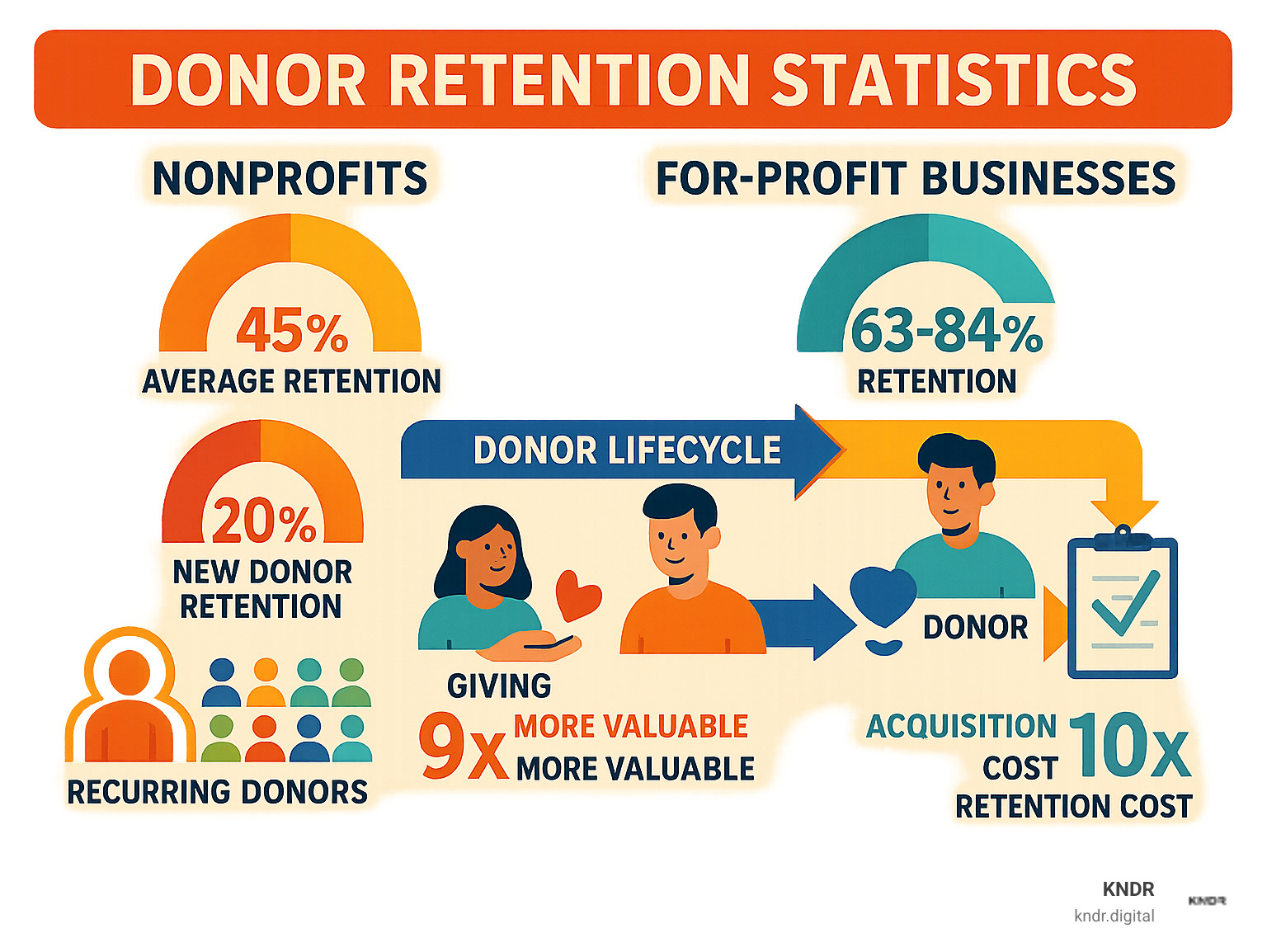
Donor segmentation strategies vocabulary:
The Foundation: Understanding Donor Segmentation
What is Donor Segmentation and Why is it Crucial?
Think of donor segmentation strategies as a personalized roadmap for every supporter. Instead of blasting the same newsletter to everyone, you send messages that match each donor’s interests and giving history.
Segmentation does far more than bump email open-rates—it builds real loyalty. When supporters feel understood, they stay, give again, and often give more. This isn’t new thinking—it’s borrowed from the for-profit world. Companies like Amazon and Netflix thrive on customer segmentation, and donors now expect the same treatment. (See the Wikipedia article on market segmentation for a deeper dive.)
The math is compelling: it costs 10 × more to acquire a new donor than to retain one, yet new-donor retention hovers around 20 %. Smart segmentation flips that script, improving ROI and ensuring long-term sustainability.
Our Data-Driven Fundraising approach shows how even small nonprofits can use segmentation to deepen relationships without fancy tech.
The Four Pillars: Key Data Types for Effective Segmentation
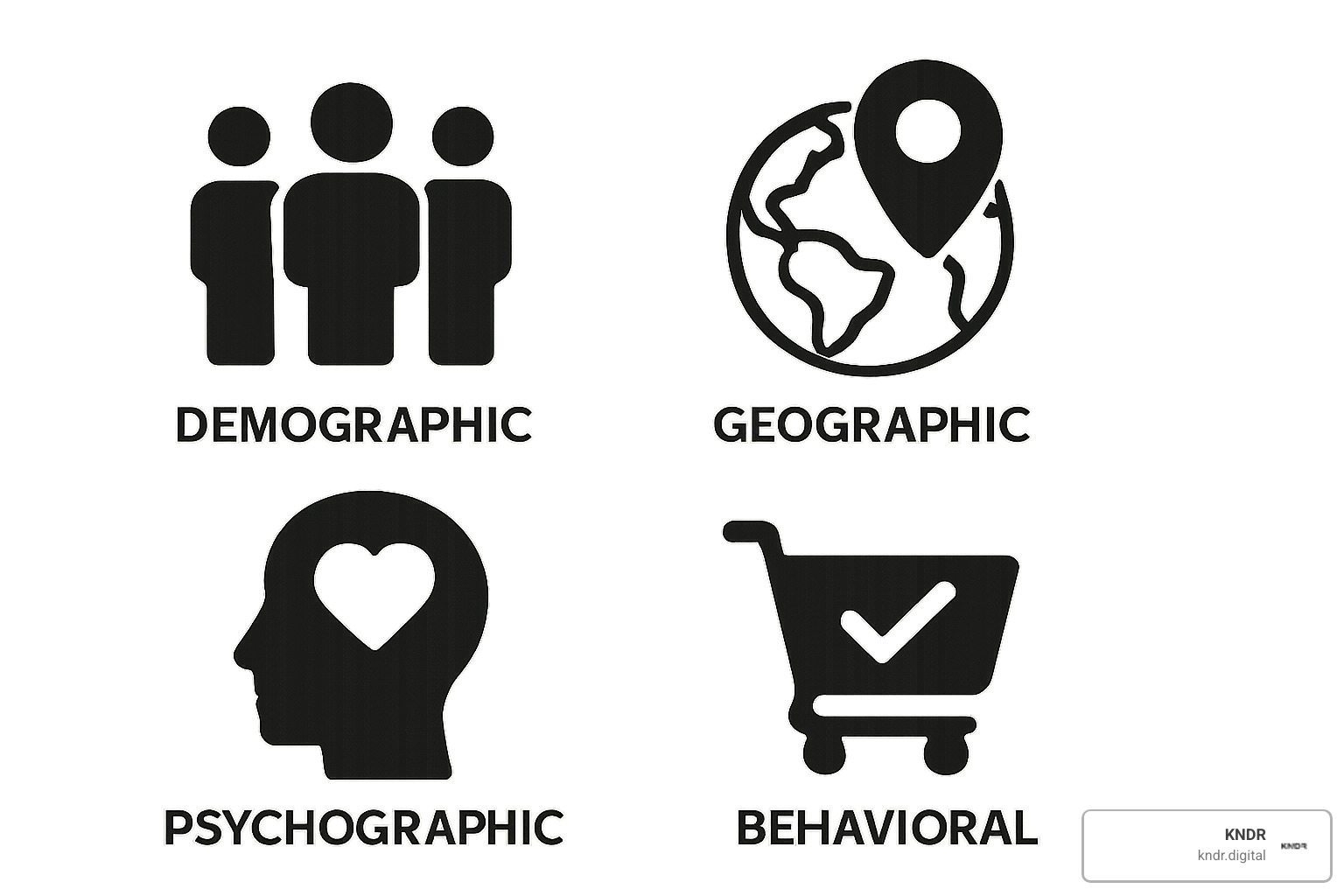
- Demographic data – age, income, family status. A 25-year-old graduate reacts very differently from a 65-year-old retiree.
- Geographic data – proximity, regional issues, time zones.
- Psychographic data – values, lifestyle, motivations (e.g., wildlife vs. climate advocacy).
- Behavioral data – giving history, event attendance, email opens, social shares.
Combine these pillars for laser-focused insights. Our Donor Management Software guide shows how to capture them without drowning in spreadsheets.
Common Donor Segments Every Nonprofit Should Know
- First-time donors – need fast thanks + clear next step within 90 days.
- Recurring donors – fundraising gold; deserve VIP treatment and upgrade asks.
- Major donors – small group, huge impact; require personal touch and detailed reports.
- Mid-level donors – often overlooked growth segment ready for cultivation.
- Lapsed donors – LYBUNT & SYBUNT need custom re-engagement.
- Volunteers – 11 × likelier to give; many haven’t been asked yet.
- Event attendees and social followers – warm audiences perfect for conversion.
Start with 3–5 segments tied to your current goals; add nuance later as your data improves.
A Step-by-Step Guide to Implementing Donor Segmentation Strategies
Step 1: Collect, Clean, and Centralize Your Donor Data
Your data is the foundation. Capture more than name and email on donation forms—ask motivation and channel preference. Consolidate info from donation pages, event sign-ups, and website analytics into a single CRM, then schedule regular de-duplication. Our Donor Management Software article compares tools that automate these chores.
Step 2: Define Your Segments Based on Goals
Tie every segment to a clear objective: retain first-timers, re-activate LYBUNTs, or grow monthly giving. Use RFM analysis (Recency, Frequency, Monetary) to score donors 1–5 in each category and build a simple donor matrix so every segment knows when—and why—you’ll reach out. Personas (e.g., “Maria, 42-year-old literacy advocate who prefers texts”) make the data human.
Step 3: Develop and Deploy Personalized Communication
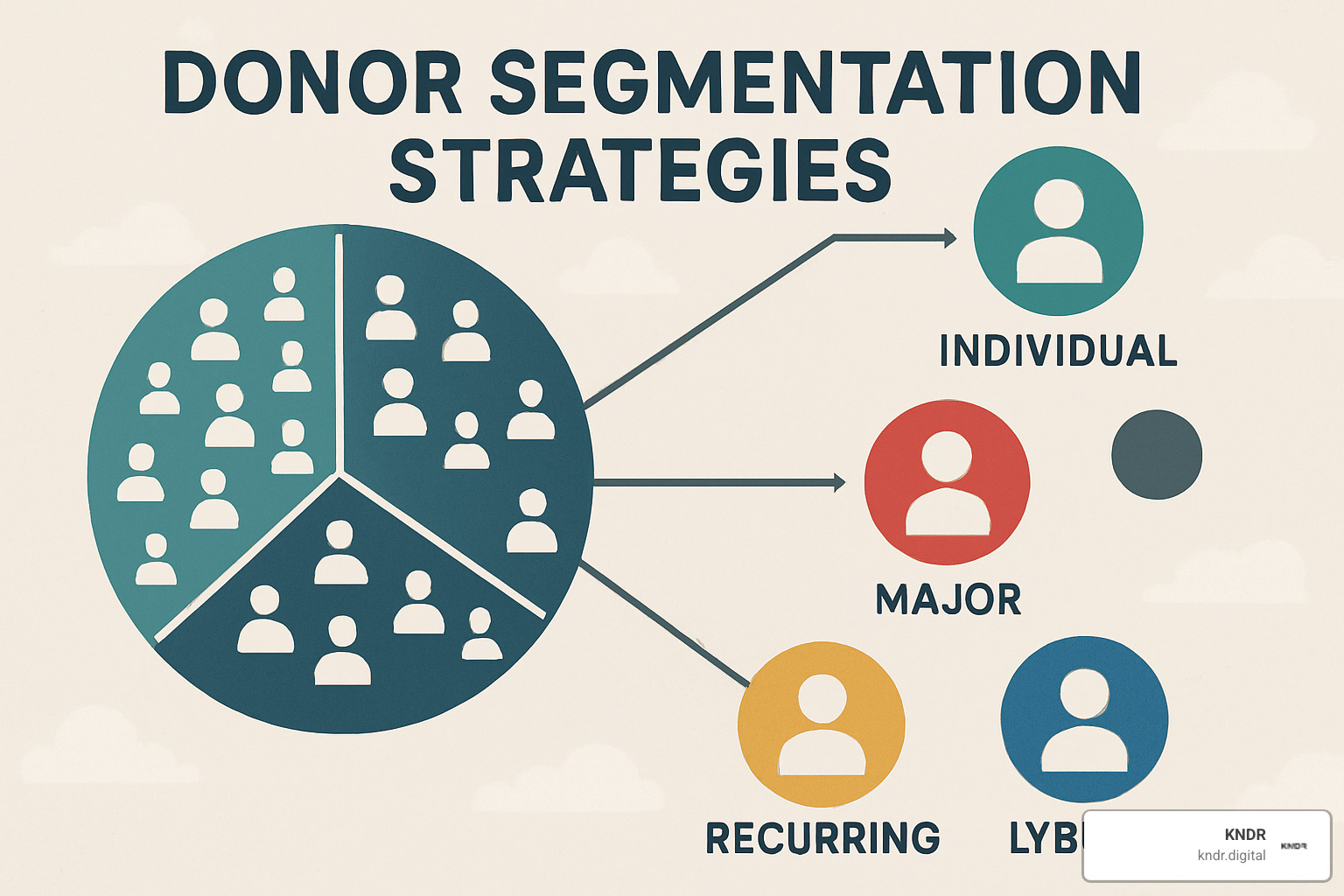
Match message, channel, and ask to each segment:
- First-timers – impact story + invite to monthly giving.
- Recurring donors – progress update + modest upgrade ask.
- Majors – 1-to-1 call, exclusive briefing, naming opportunity.
Automate triggers (welcome series, failed-payment alerts) so no one slips through the cracks. See our AI-Driven Email Campaigns for templates.
Step 4: Monitor, Measure, and Refine
Track retention, lifetime value, average gift, and engagement by segment. Run A/B tests on subject lines and ask amounts, then let data decide. Re-score RFM quarterly and allow your CRM’s dynamic lists to move donors automatically. Our guide to the Top Nonprofit Analytics Platforms highlights tools that turn numbers into action.
Segmentation isn’t “set it and forget it.” Review goals twice a year, refine segments, and repeat.
Best Practices and Advanced Approaches
6 Best Practices for Successful Donor Segmentation
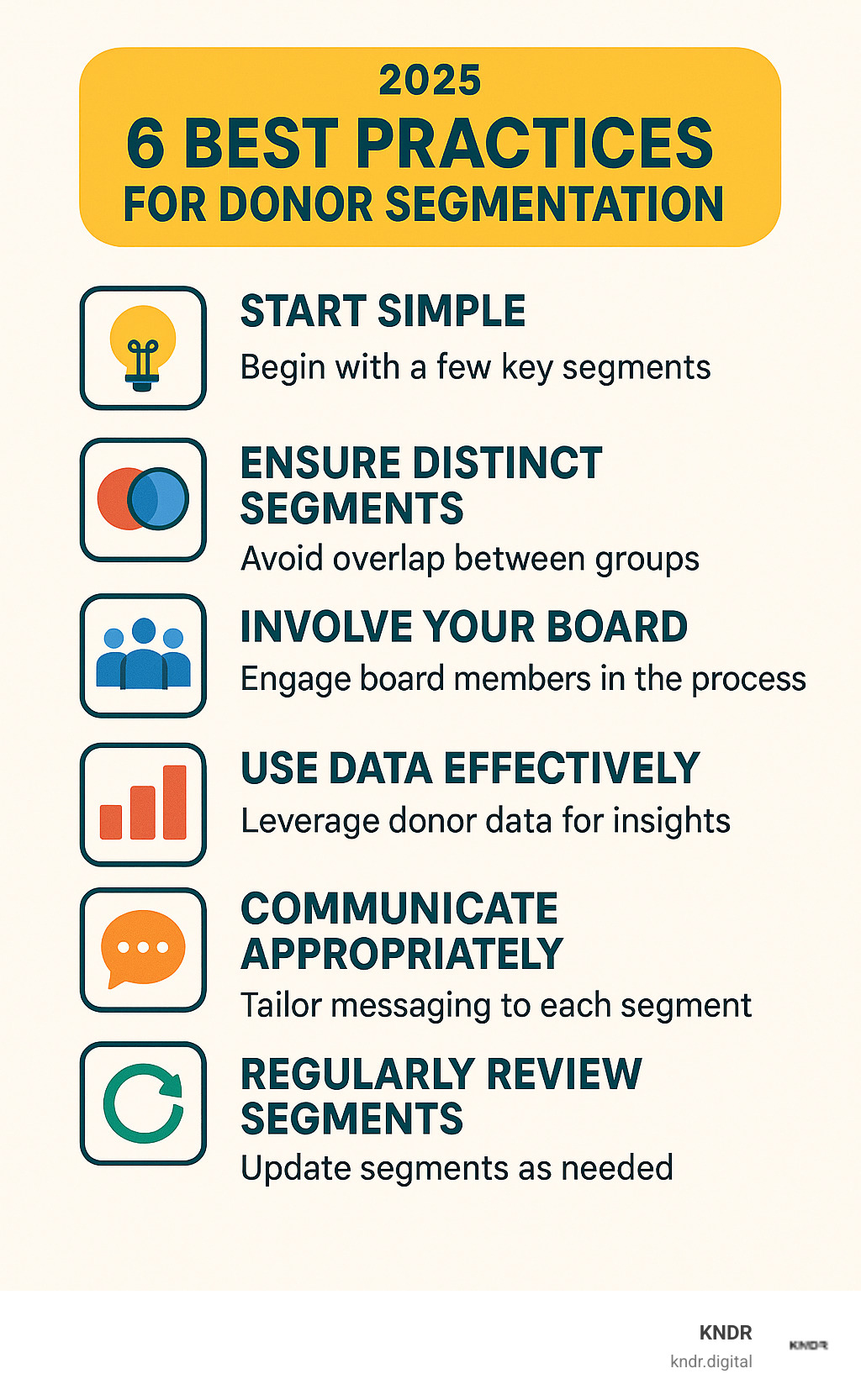
- Start simple – 3–5 segments you can actually serve.
- Keep segments mutually exclusive – one donor, one primary segment.
- Engage your board – board calls or notes boost response, especially for majors.
- Mix channels – email + socials + phone + mail > any single medium.
- Automate routine touches – CRMs free staff for high-touch stewardship.
- Respect privacy – honor opt-outs and explain how data is used.
Limitations of Traditional Methods and the Rise of AI
Manual segmentation is slow and backward-looking; by the time you see a donor lapse, it’s often too late. AI flips this to proactive. Predictive models crunch hundreds of signals—giving, clicks, event attendance—to spot who’s at risk or ready to upgrade long before humans notice. Our AI for Donor Retention Playbook shows how to get started without a data science degree.
Advanced Donor Segmentation Strategies: Moving Beyond RFM
- Needs-based segmentation – group donors by the outcomes they care about (e.g., climate, wildlife, education).
- Engagement scoring – treat an active social sharer as valuable as a mid-level giver.
- Multi-channel behavior tracking – web + email + social = full picture.
- AI-powered predictions – surface at-risk donors or hidden major gift prospects automatically.
For more step-by-step instructions on implementing these advanced techniques, explore the playbooks and resources available on our site.
Frequently Asked Questions about Donor Segmentation
How many donor segments should a nonprofit have?
When nonprofits first dive into donor segmentation strategies, they often get overwhelmed by the possibilities. Should you create segments for every possible donor characteristic? The answer is refreshingly simple: start with 3-5 core segments.
Your initial segments should focus on your most important fundraising goals. Most successful nonprofits begin with first-time donors, recurring donors, lapsed donors, major donors, and volunteers. These segments are large enough to be meaningful and distinct enough that each group deserves different treatment.
The real key is matching your segmentation to your team's capacity. I've seen small nonprofits create 15 different segments with the best intentions, only to send the same generic newsletter to everyone because they couldn't manage the complexity. It's better to have fewer segments with excellent personalized communications than many segments with generic messaging.
Think of it this way: if you can't clearly explain why a segment exists and what you'll do differently for that group, you probably don't need it. As your data collection improves and your processes become more sophisticated, you can always add more nuanced segments later.
How often should we update our donor segments?
This question touches on one of the most important aspects of modern donor segmentation strategies: the difference between dynamic and static segments. Dynamic segments update automatically based on donor behavior - when someone makes a donation, their giving history changes immediately, and so does their segment assignment.
Static segments require manual review, which means they can quickly become outdated. A donor who was classified as "lapsed" might have made a recent gift, but if you're not updating regularly, they'll continue receiving re-engagement messages instead of thank-you communications.
For your overall segmentation strategy, review quarterly or semi-annually to ensure it still aligns with your fundraising goals. Major organizational changes - like launching a capital campaign, expanding programs, or shifting focus - may require you to restructure your segments entirely.
The best approach is to update segments automatically whenever possible. Modern CRM systems can handle these updates in real-time, ensuring that when a donor makes a gift, attends an event, or engages with your content, their segment assignment reflects this new information immediately.
What's the most important donor segment to focus on first?
This is the question I get asked most often, and my answer might surprise you: it depends on your specific goals, but most nonprofits should prioritize first-time donors for retention efforts.
Here's why: with 80% of new donors never giving again, improving first-time donor retention has the highest potential impact on your long-term sustainability. These donors have already shown they care about your cause - they just need proper cultivation to become long-term supporters.
However, recurring donors deserve equal attention for stability and growth. These supporters provide predictable revenue and have retention rates closer to 80-90%. They're also your best candidates for upgrade cultivation and often become major donors over time.
Major donors require focus for immediate impact. While they represent a small percentage of your donor base, they often contribute a significant portion of your revenue. Personal attention to this segment can yield substantial returns quickly.
The statistics tell a compelling story: recurring donors are 9 times more valuable than one-time donors and have an average expected lifetime of 4.6 years. But here's the thing - you don't have to choose just one segment to focus on.
The most successful nonprofits implement comprehensive strategies that address multiple segments simultaneously, with resource allocation based on potential impact. Start with the segment that aligns with your most pressing need, then expand your focus as your systems and processes mature.
Conclusion: Transform Your Fundraising with Smart Segmentation
After working with hundreds of nonprofits over the past decade, we've seen how effective donor segmentation strategies can completely transform an organization's fundraising success. The difference isn't just in the numbers - though those improvements are significant - it's in the fundamental shift from transactional fundraising to relationship building.
When you implement thoughtful segmentation, you're not just improving open rates or click-through percentages. You're creating genuine connections with people who care about your mission. Personalization builds relationships because it shows donors that you see them as individuals, not just sources of funding.
The change goes beyond donor satisfaction. Organizations that master segmentation see dramatic improvements in retention rates, average gift sizes, and overall fundraising effectiveness. More importantly, they build communities of engaged supporters who become advocates for their cause.
Data is your most valuable asset in this journey. Every email opened, every event attended, every donation made tells you something important about your supporters. The organizations that thrive are those that treat this information as the goldmine it truly is - not just collecting it, but analyzing it and acting on those insights.
Here's the encouraging news: you can start implementing these strategies today. You don't need expensive software or a large team to begin. Start with basic segments like first-time donors, recurring supporters, and lapsed donors. Create simple, personalized communications for each group. Track what works and what doesn't. Build from there.
At KNDR, we've developed an AI-driven approach that takes segmentation to the next level. Our systems analyze hundreds of data points to predict donor behavior, identify at-risk supporters, and pinpoint major gift prospects. This technology, combined with proven fundraising strategies, has helped our clients achieve remarkable results.
But technology is just a tool. The real magic happens when you combine smart segmentation with genuine care for your supporters. When you understand what motivates each donor and communicate with them accordingly, you're not just fundraising - you're building a movement.
Ready to transform your fundraising through smart segmentation? Explore our digital fundraising agency services and find how KNDR can help you build the donor relationships that will power your mission for years to come.
